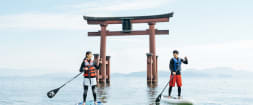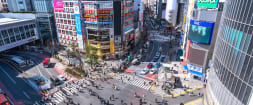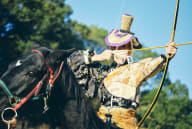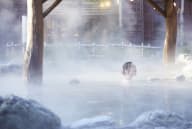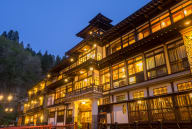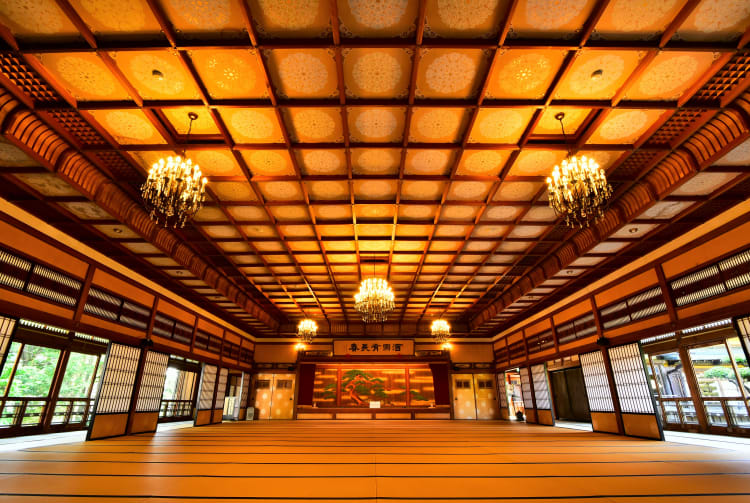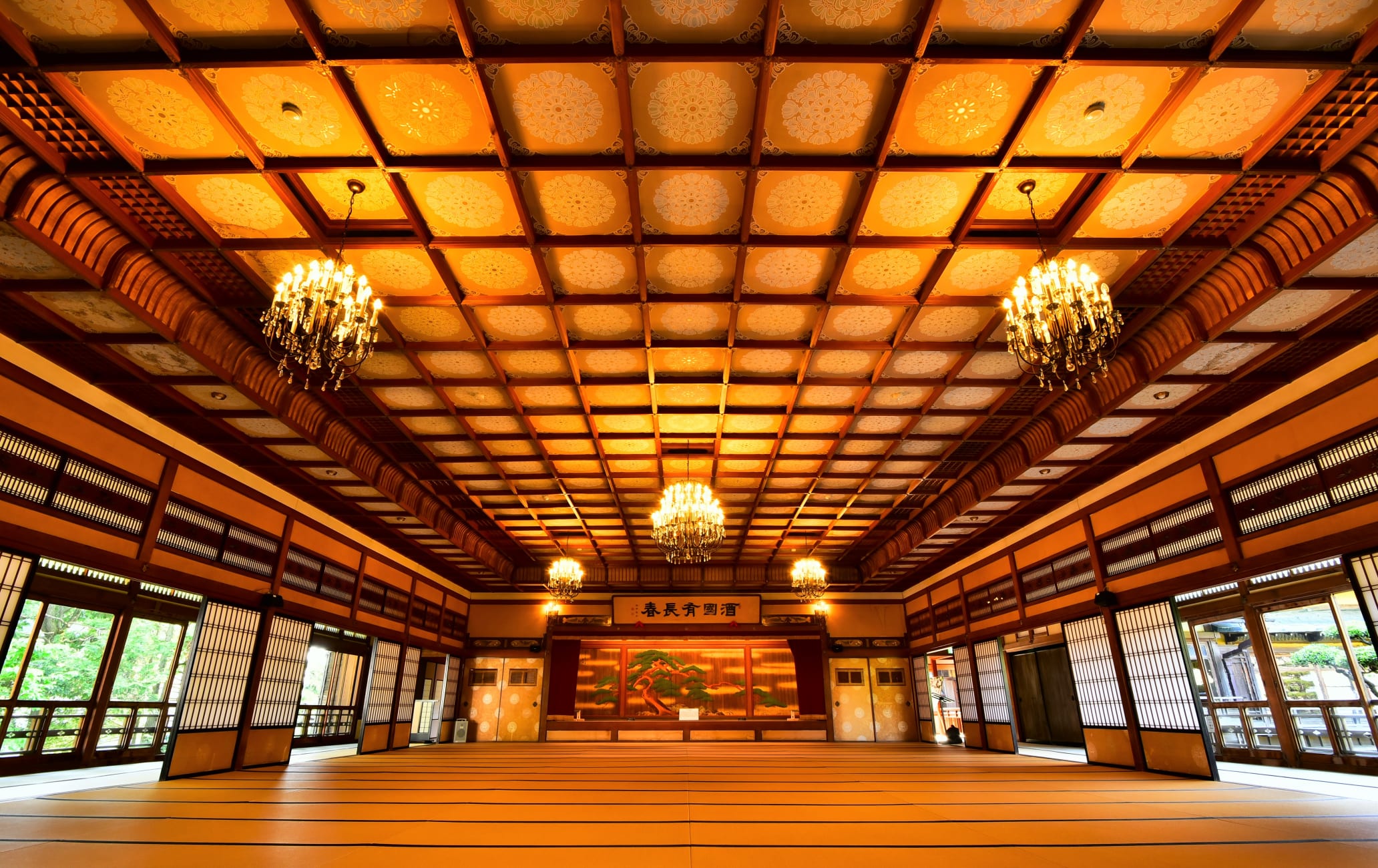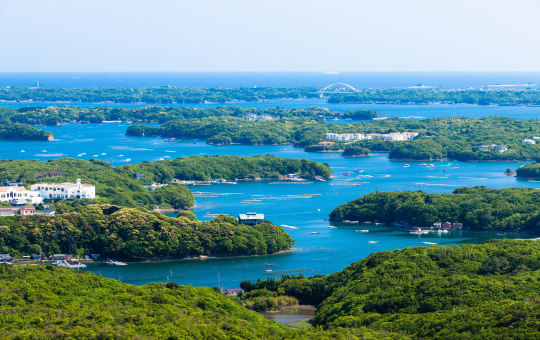지금은 대중에게도 공개된 화려하고 근사한 황실 리조트
놓치지 마세요
- 웅장한 모습을 그대로 간직한 객실과 포장 보도
- 100년 전의 모습과 유사해 보이도록 섬세하게 설계한 정원
- 일본 근대화 시기에 서양 문물이 일본의 문화와 디자인에 어떤 영향을 끼쳤는지 알아보기
간단한 정보
힌지쓰칸은 1887년에 완공되었습니다
회의를 위한 넓은 방인 오히로마는 모모야마 시대(1573~1603)에 인기 있었던 쇼인 건축 양식의 훌륭한 본보기입니다
오시는 길
힌지쓰칸은 이세에서 기차로 갈 수 있습니다.
이세시역에서 JR 산구선을 타고 5분 정도 가면 후타미노우라역에 도착합니다. 이곳에서 아름다운 풍경을 즐기며 약 1km를 걸어갑니다(약 15분 소요).
나고야역에서 긴테쓰 철도를 타면 이세시역까지 약 90분 정도 걸리며, 오사카 오사카남바역에서 출발하면 2시간, 교토역에서는 2시간 반 정도 걸립니다.
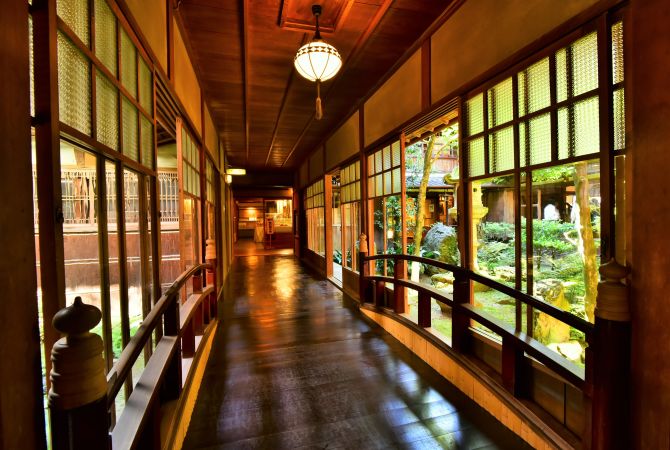
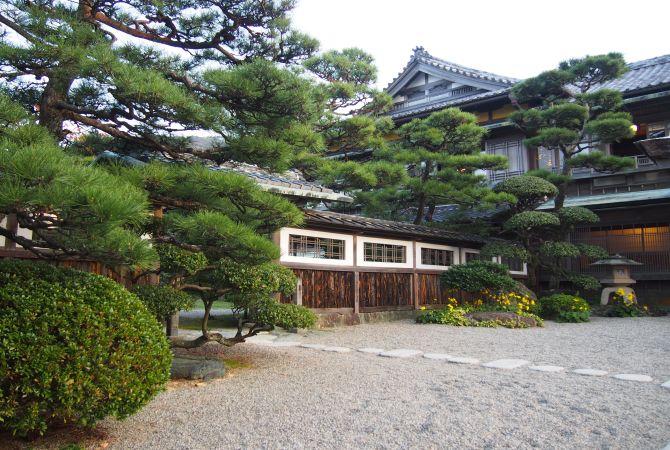
전용 숙박시설
힌지쓰칸은 황실 가족과 부유층 인사들이 이세진구 신사 참배를 가거나 여름 휴가를 보낼 때 전용으로 이용한 고급 숙박시설입니다.

19세기 후반 도쿠가와 막부가 무너진 후 대부분의 목조 건축물들은 고급 자재를 이용해 정교하게 지어졌습니다. 건축은 기타 부속을 제외하고 3개월 만에 완성되었습니다.

오늘날 방문객들은 훌륭하게 보존된 건축물과 조경을 감상할 수 있습니다. 이곳의 일본식 정원들은 보존 상태가 특히 더 훌륭합니다.
일본의 근대화를 보여주는 박물관
2층짜리 숙박시설이었던 힌지쓰칸은 일본의 뛰어난 장인 정신과 고급스러운 수입품이 어우러져 19세기 후반 건축 및 실내 장식을 보여주는 박물관으로 탈바꿈했습니다.
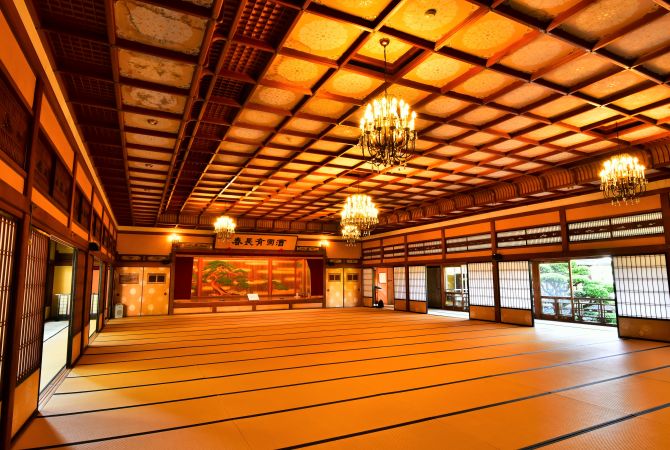
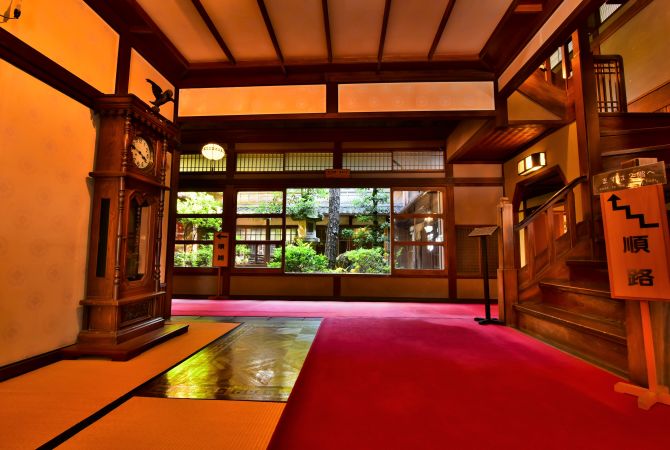
그림이 그려진 미닫이문 후스마와 다다미 등의 일본 전통 장식 가운데 특히 가구에서 서양의 영향을 받은 흔적을 확인할 수 있습니다. 이런 흔적은 메이지 시대 유럽의 사상을 수용하고 적용하려 했던 일본의 노력을 가시적으로 보여줍니다.












